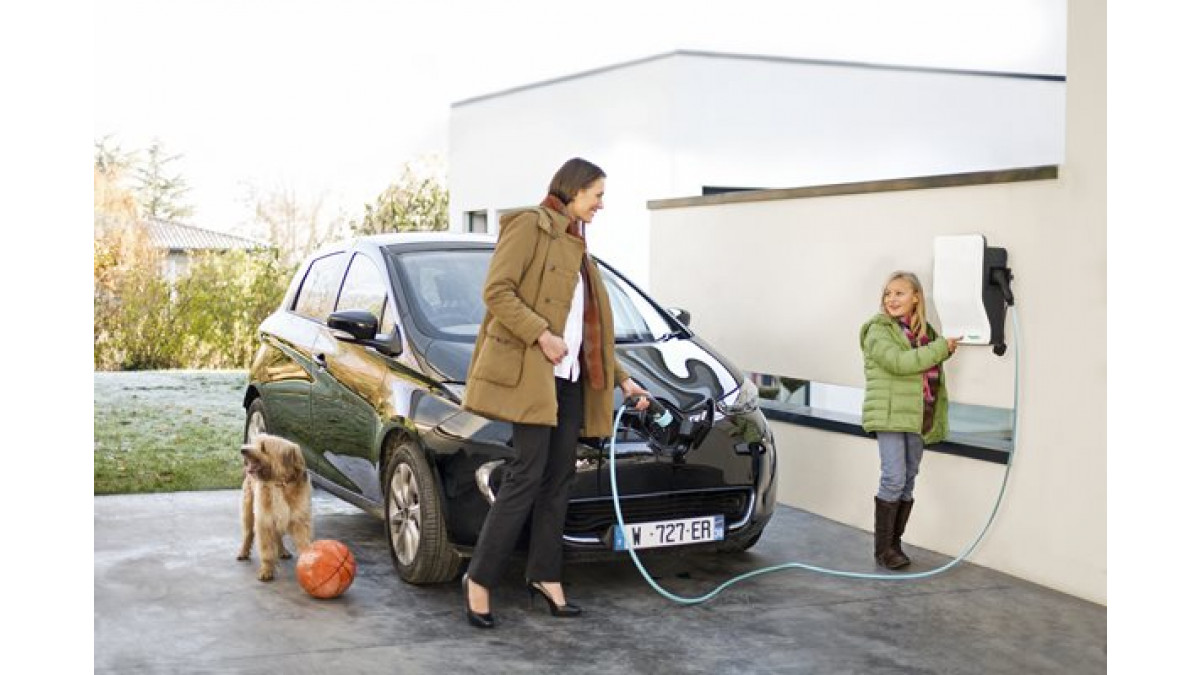
When it comes to charging electric vehicles using AC power, there is a misconception that the more powerful the electric vehicle charging station is, the faster it will charge an electric vehicle.
In reality, the effective charging capacity is that of the “weakest link” of three factors:
- The on-board charger of the EV: this converts AC power from the charging station to DC power for the battery
- The EV charging station: this safely manages the delivery of AC power from the grid to the EV
- The EV charging cable: this is the physical link between the charging station and the EV
As an example, an EV has an on-board charger that can accept a maximum of 7kW of power. If a 7kW charging station is used, it will usually take around 4-5 hours to fully charge the EV. If a more powerful 22kW charging station is used, it will still take around 4-5 hours to charge the EV because the EV’s on-board charger can only take a maximum of 7kW.
Another example is on the EV charging cable. If an EV has an on-board charger that can accept a maximum of 22kW, it will charge at the same rate when it is used with a 22kW charging station, and if the charging cable used can also take 22kW. But if the charging cable can only take 7kW, the effective charging capacity will be only at 7kW, resulting in a longer charging time. This is because the “weakest link” among the three factors is the charging cable.
For more information about EV and EV chargers, visit the PDL website.













 New Products
New Products














 Popular Products from Schneider Electric
Popular Products from Schneider Electric
 Most Popular
Most Popular


 Popular Blog Posts
Popular Blog Posts
